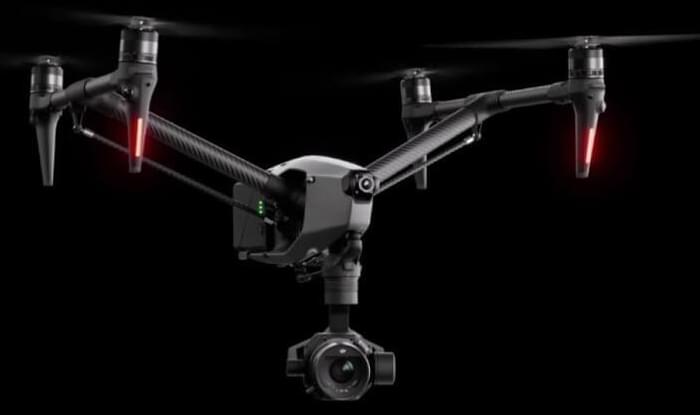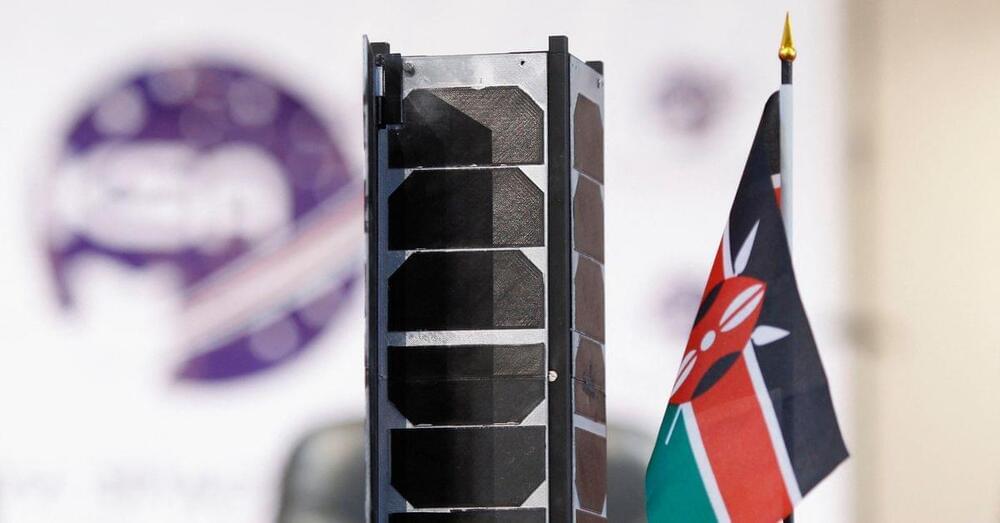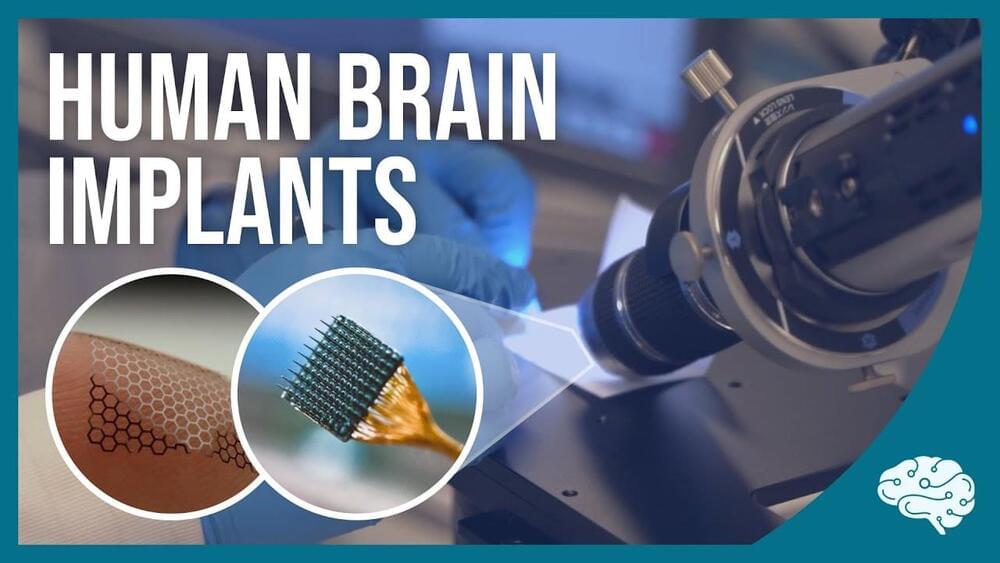Chat gpt 4 is wonderful but one thing it is lacking is sentience which could do all work for millions of years so essentially we would not need find all discoveries and all things by ourselves.
Richards said he originally wanted an AI agent to automatically email him daily AI news. But, as Motherboard, he realized in the process that existing LLMs struggle with “tasks that require long-term planning,” or are “unable to autonomously refine their approaches based on real-time feedback.” That understanding inspired him to create Auto-GPT, which, he said, “can apply GPT4’s reasoning to broader, more complex problems that require long-term planning and multiple steps.” (Richards didn’t respond for a request for an interview with Fast Company.)
“They get confused”
Autonomous agents, at this early stage, are mainly experimental. And they have some serious limitations that prevent them from getting what they want from large language models…









